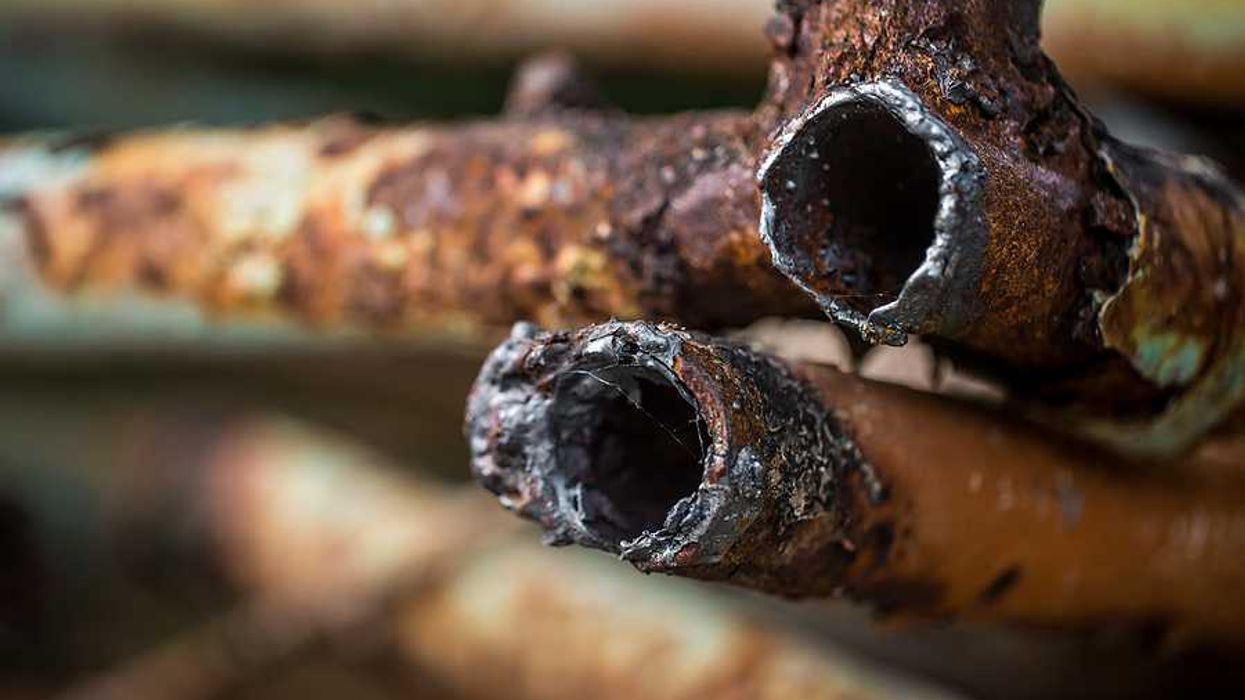In a recent move by the Environmental Protection Agency, hundreds of air quality monitors are set to have their past pollution readings adjusted, potentially easing the path for regions to meet new soot standards.
Sean Reilly reports for E&E News.
In short:
- The EPA intends to retroactively alter soot monitor readings from as far back as 2017, a change prompted by the discovery of inaccurately high pollution measurements.
- This "data alignment" could help some areas avoid the tougher permitting processes introduced by stricter annual soot standards.
- Critics, including environmental advocates, question the legality of the update and the lack of transparency surrounding the decision-making process.
Key quote:
" ... the EPA needs to be as transparent as possible when implementing this change, so that all users of the data (including the public) can clearly understand how the data was revised.”
— Gail Good, air management director at Wisconsin's Department of Natural Resources
Why this matters:
The EPA's involvement with soot pollution primarily revolves around setting and enforcing National Ambient Air Quality Standards for particulate matter. These standards are designed to protect public health and the environment from the adverse effects of soot.













